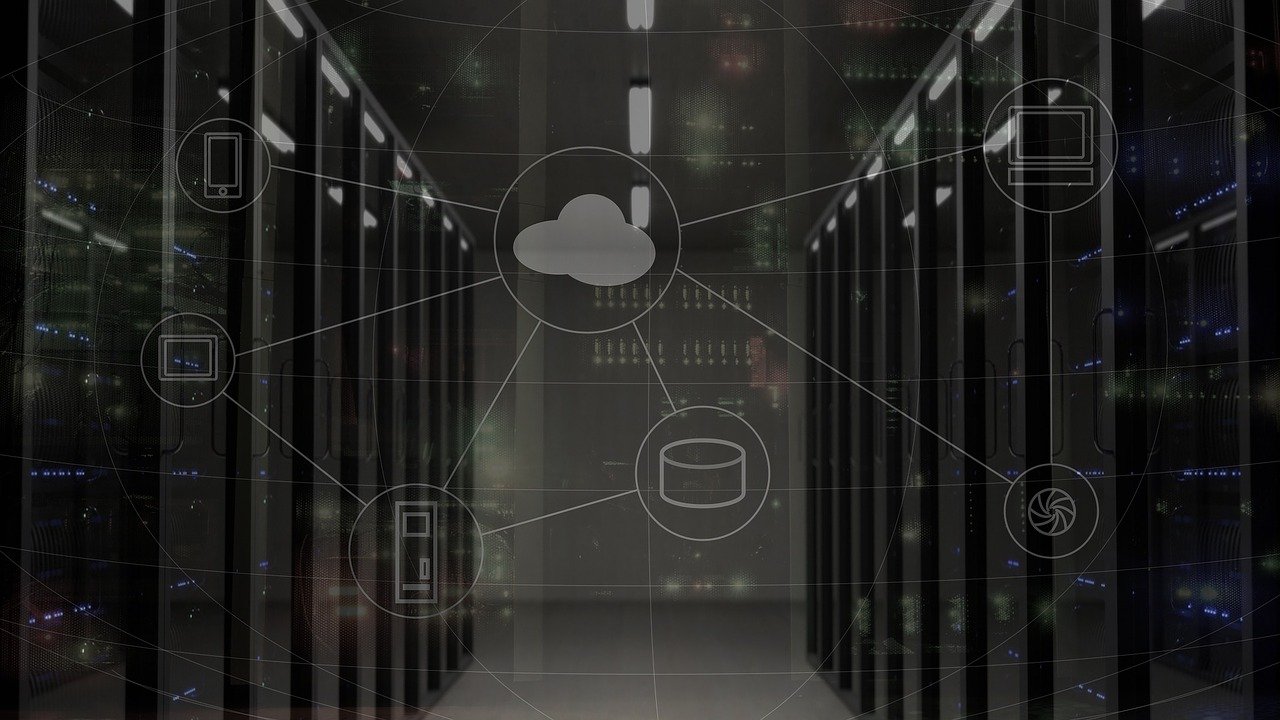“When we take the power of the cloud down to the device – the edge – we provide the ability to respond, reason and act in real time and in areas with limited or no connectivity … it’s still early days, but we’re starting to see how these new capabilities can be applied towards solving critical world challenges.” – Kevin Scott, Microsoft CTO
Industry 4.0 means smart machines: more automation, the merger of the physical and digital worlds (IIoT), a move away from central industrial controls to a more distributed system with smart machines defining and controlling processes and lastly the use of digital twins, data models, etc… This all leads to an increased customisation of products rendering them more fit for purpose and therefore more efficient.
Edge computing (EC) represents a major shift in computing. Mainframes of the 50’s were followed by client/servers of the 70’s, and succeeded, more recently, by cloud computing. EC is expected to be as disruptive as the above major shifts. In manufacturing, billions of devices are getting connected. According to IDC research, in 3 years, near 50% of IoT data will be stored & processed & actioned at the edge. 6+ billion devices will be connected to EC applications. Cloud infrastructure will come under pressure. Network latency, cost of bandwidth, cost of data storage, security can all be reduced using EC.
EC means that instead of sending all data collected by IoT sensors directly to the cloud, EC processes data “at the edge”, within the network so that only relevant data is sent. Computing closer to the source, means improved data management, reliable and cheaper connectivity and better security for IIoT applications. Less long-distance client/server communications entails reduced bandwidth use.
Some of the advantages of EC for IIoT are:
- Faster response: data storage and computation is local. No back and forth to the cloud needed.
- Reliable even with unreliable connectivity: Many remote assets are in regions with weak internet. EC can store & process data locally, ensuring no data loss in the event of temporary or frequent internet failure.
- Enhanced security: EC avoids the need for large quantities of data being transferred from sensor to cloud. Data is filtered locally and only important information is transmitted to the cloud which enhances security. Lastly, sensitive information doesn’t need to pass through a network!
- Reduced costs: Lower costs due to reduced bandwidth, less data storage, and computations. EC performs much of the computations locally, allowing IoT users to decide what to run locally and what in the cloud. All reducing the final cost of the IIoT project.
- Legacy and modern devices: EC devices can liaise between legacy and recent assets. Legacy machines can therefore connect to modern machines or benefit from IoT solutions, providing immediate benefits.
Ultimately, not all smart devices will utilize cloud computing. In a growing number of IIoT cases, the return trip to the cloud can and should be avoided. That is at the core of EC. While EC will not replace Cloud computing – the latter has advantage such as computational power, more storage, potential for predictive and machine learning, AI, etc… , EC is a complement for an overall approach to IIoT. IMBU believes that the two should be combined.
We see EC used increasingly in manufacturing (enhanced automation, precision engineering, fault finding, etc..), after market services (predictive maintenance, condition based monitoring, ), transportation (EVs, mass urban transit, etc…), health care (health-monitoring wearables: Fitbits, glucose monitoring, EKG, to fast data processing for remote patient monitoring, inpatient care, etc…), smart agriculture (monitoring soil conditions, weather, temperature with EC particularly suitable for remote locations), energy (safety monitoring of O&G utilities, rigs, solar panels, etc…), retail (EC’s potential is huge – think of Amazon’s cashierless store), financial services, logistics, etc, etc…
To conclude, data generation will skyrocket. For manufacturers this is unavoidable progress as centralized computing has its limits. EC is a complement and at an early stage but the potential is there and in specific cases, the value of EC will be game changing! IMBU offers a “one stop shop” for OEMs wishing to enter this area, from inception to the finished product, based on 10 years of IIoT experience. Feel free to contact IMBU for a free diagnosis of your IIoT potential solutions.





Comments are closed.